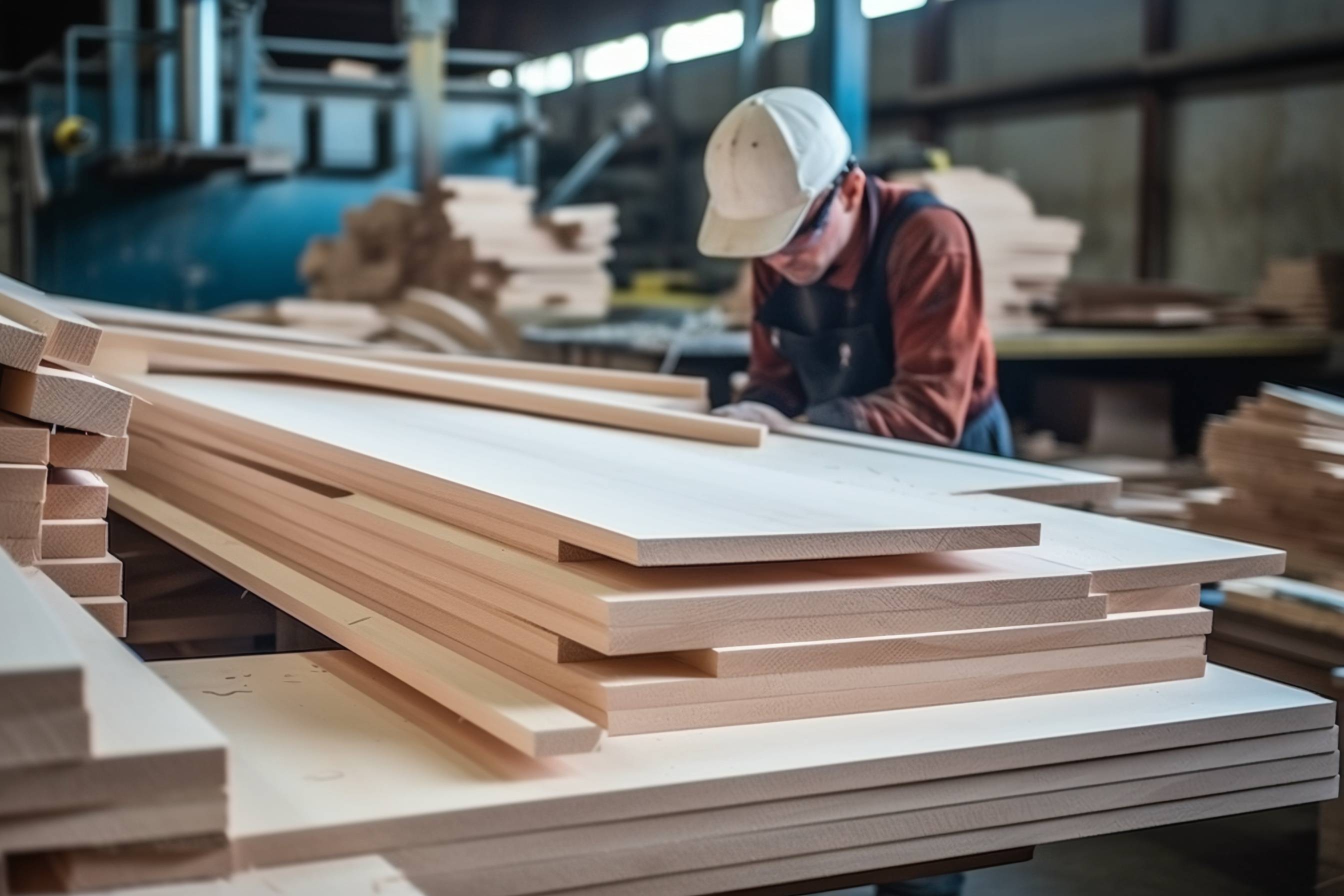In the global trading system, China's plywood industry has established a firm foothold in the international market with its massive production capacity and cost advantages. Europe is one of its major export destinations. However, with the changing international trade landscape in recent years, China's commercial plywood exports to Europe are facing numerous challenges and opportunities. A thorough analysis of this market is of great significance for the sustainable development of China's plywood industry.
For a long time, as the world's largest producer and exporter of plywood, China has held a significant share in the European market. From January to August 2024, China's exports of hardwood plywood to the European Union increased by 23% year-on-year, reaching 837,000 cubic meters, and the export value increased by 21% to 514 million US dollars. Throughout 2024, China's total plywood exports to EU countries exceeded 5,404 tons, accounting for 70% of the total artificial board exports, with an export value of up to 21.95 million US dollars. In previous years, China's plywood exports to Europe generally showed an upward trend, demonstrating the strong demand for Chinese products in the European market and the competitiveness of Chinese products there.
China's plywood products exported to Europe are diverse, covering different materials and specifications. In terms of materials, there are hardwood plywood, softwood plywood, etc. Hardwood plywood, with its high strength and excellent durability, is widely used in construction, furniture manufacturing, and other fields, and it is the main export product. In terms of specifications, it can meet the diverse needs of European customers. Moreover, Chinese plywood products offer high cost - effectiveness. With a mature supply chain and abundant raw material reserves (such as poplar and birch), the production cost is about 20% - 30% lower than that of local products in Europe, making them highly competitive in price and attracting many European buyers.
However, the export of Chinese plywood to the European market is not without obstacles. EU trade policies have a significant impact on it. In October 2024, the European Commission launched an anti-dumping investigation on Chinese hardwood plywood, and on June 10, 2025, it made a positive preliminary anti-dumping ruling. A temporary anti-dumping duty of 25.1% was imposed on [Company Name, removed as per request], and other Chinese enterprises were subject to a duty rate as high as 62.4%. This was due to a complaint from the Greenwood Alliance, the representative of the EU hardwood plywood industry, which alleged that Chinese products were being dumped at low prices and using Russian wood (the EU banned the import of Russian wood in 2022), disrupting the market and harming the interests of local producers. The high duty rates have severely undermined the price competitiveness of Chinese plywood in the European market, posing severe challenges to exports.
The global plywood market is highly competitive, and China faces many competitors. In the European market, countries such as Brazil, Chile, Ukraine, Indonesia, and Gabon are also sources of plywood imports for the EU. The products of some countries have advantages in resources, cost, or geographical location. For example, Indonesia, with its abundant tropical wood resources, has a certain share of the plywood market in Europe. In addition, the plywood industry within the EU is also developing. Although its overall production capacity is lower than that of China, it is competitive in high-end products and local services, putting pressure on Chinese products.
The development of the construction and furniture industries in Europe has a profound impact on the demand for plywood. The construction industry is the main application field of plywood. In recent years, although the European construction market has fluctuated, the overall demand has been steadily increasing. With the growing awareness of environmental protection, the demand for environmentally friendly plywood is increasing. For example, products with relevant environmental protection certifications are more favored. The same is true for the furniture industry. As consumers' requirements for the environmental protection and quality of furniture increase, furniture manufacturers are prompted to purchase high-quality, environmentally friendly plywood, providing market opportunities for Chinese products that meet the requirements.

